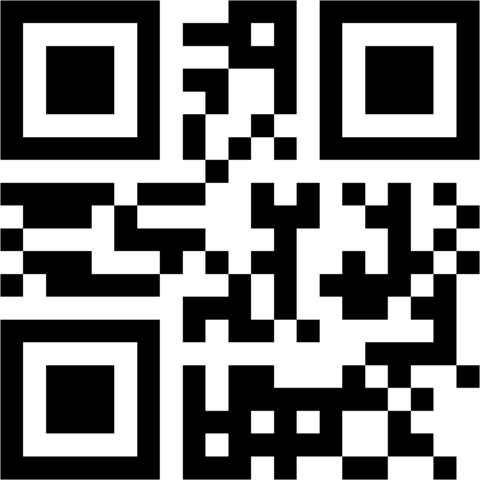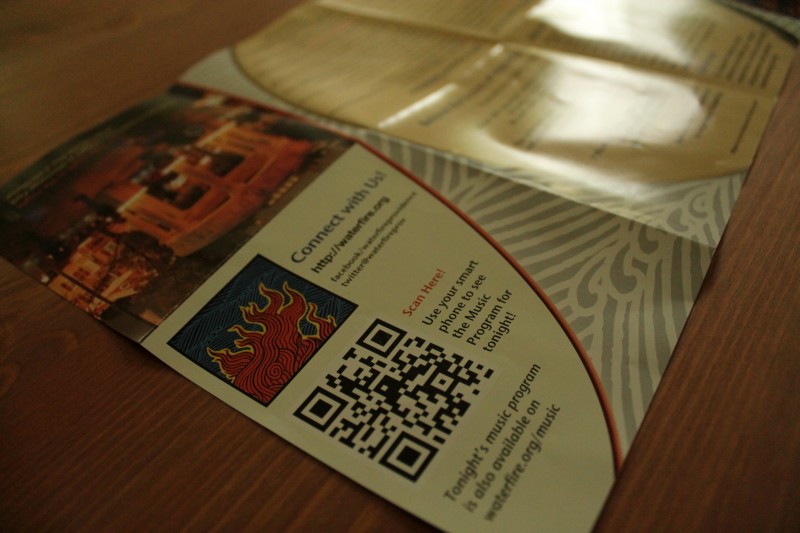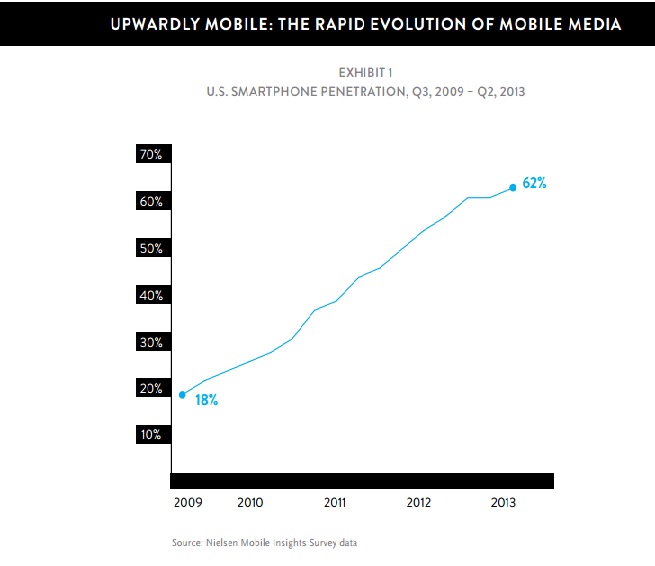Take a sip of your drink, the one from the number three value meal which came from your favorite drive-thru restaurant. Look down and it’s there. Open up the welcome packet to your hotel room, where you just checked in after a three-hour train ride. There too. And there, on that poster tacked to the coffee shop bulletin you’re scoping out while waiting for your soy latte. It seems that for every print marketing piece beckoning you to whet your appetite, there’s a QR code hovering nearby to snag you for dessert too. These days some sweet innovation is just what marketers need to capture people’s interest and communicate their brand’s message.
It’s pretty likely you’ve heard of a QR, or quick response, code before. It’s a fairly controversial technology in the marketing world, but despite what some marketers think this technology is definitely one to hit the ever-growing mobile masses. U.S. smartphone shares jumped roughly 40 percent in the four-year period spanning 2009 to 2013. The numbers, reported by Nielson’s mobile report for marketers demonstrate the rapid growth of mobile users hitting the consumer market.
Nielson Mobile Insights SurveyA clever way for marketers to capture that mobile audience is to tie their print communications in with digital channels. Enter the QR code.
QR code 101
QR codes provide a portal to the web. With the tap of a finger, people can scan a code with their smartphone and explore a customized website built to greet them. Technically, QR codes are two dimensional barcodes that look like this:

They are embedded with data that can be decoded through an imaging device or camera. It’s a technology that began in the 1990s for the Japanese automotive industry, but has since grown to a number of different markets across the globe.

When it comes to print and dimensional mail, QR codes can be an excellent way to drive consumers to specialized content, including: social media pages, mobile apps, contests, surveys, product info and other bonus material. These similar-but-not-quite barcodes can be incorporated into the design of just about anything, from product packaging, signage, brochures and posters to business cards.
QR codes: Putting them to use
SG recently incorporated a QR code and even the smartphone itself into a neat dimensional piece for the Ford Motor Company of Canada (produced by our Canadian partner Information Packaging). Designed and built to be an interactive promotional tool for Ford Canada’s new Ford Fiesta, SG customized a stage pop folder and enhanced it with a QR code linking the recipient to a mobile application.
See how it works in this video.
Ford Fiesta’s mobile site is designed to educate people on the new model, so it sends viewers to its online showrooms. Other features of the app help them search for local Ford dealerships, learn about buying incentives and request price quotes. All this experienced for the first time through a playful dimensional paper piece that embeds the phone into a custom cutout frame for viewing. Check out these other interesting uses of QR codes:
New York Magazine Debuts QR Code Marketing Campaign http://t.co/HQ9XP4kAk6 #printmedia #print — Print Media Centr (@PrintMediaCentr) March 28, 2014
Fun use of a QR code by @HeinzKetchup_US #marketing pic.twitter.com/UVu4bRLScB — Amy Woodworth (@woodcomm) March 31, 2014
Lol! Great use of a QR code! >> Berrge Tattoo: New tattoo artists wanted | Ads of the World™ http://t.co/bMbLllElvQ — Stockport Printing (@StockportPrint) March 29, 2014
QR codes link print to exclusive deals and discounts, instructional videos, print-outs and more.
Tracking, the final word
There’s one more reason why QR codes can be a great gateway to digital: traceable data. From how many users scanned the code, to how many actually responded to the call for action the numbers can be tracked and reported, giving marketers the information they need to make informed decisions about their marketing plan.
So what do you think? Have you implemented QR codes in your print materials? What was the outcome?
